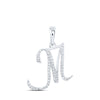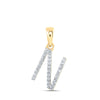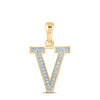One of the most esteemed and renowned organizations for grading diamonds worldwide is the Gemological Institute of America (GIA). The "Four Cs" - carat weight, colour, clarity, and cut - serve as the criteria on which GIA bases its diamond grading. Below is the clarification of the meaning behind each grade:
Carat Weight: This refers to the weight of the diamond and is measured in carats. One carat is equal to 0.2 grams. Although weight plays a role in determining a diamond's value, it is not the sole determining factor.
Colour : The colour of a diamond is graded on the GIA scale, which spans from D (colorless) to Z (light yellow or brown). Diamonds that have a higher colour grade tend to be more valuable as they reflect more light and have a greater brilliance.
Clarity: The GIA clarity grading scale, which ranges from Flawless (FL) to Included (I), is used to grade the clarity of diamonds. A diamond with a higher clarity grade has fewer inclusions or blemishes and is more valuable.
Cut: When referring to a diamond, the term "cut" denotes its symmetry, proportions, and polish. A well-cut diamond reflects light better and appears more brilliant. The scale for grading cut used by GIA includes Excellent, Very Good, Good, Fair, and Poor.
Overall, a diamond with higher grades in all four categories will be more valuable and considered of higher quality. It is important to note that other factors, such as fluorescence and shape, can also affect a diamond's value and appearance.



